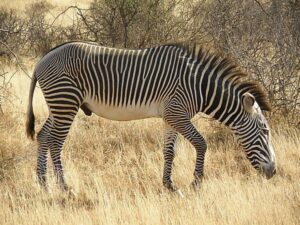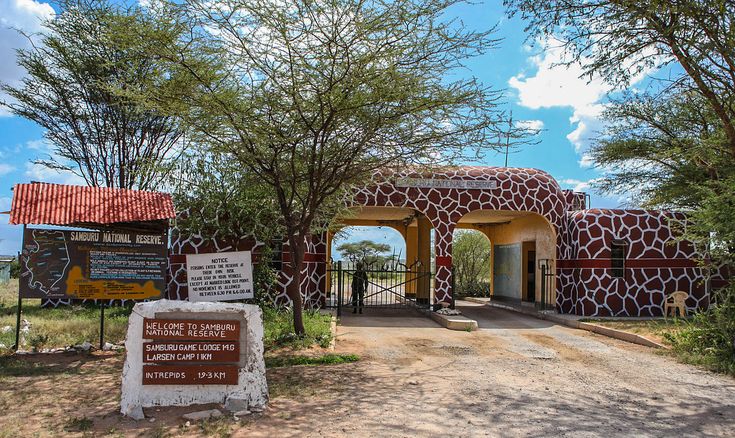THE ULTIMATE GUIDE TO SAMBURU NATIONAL RESERVE
Nestled in the heart of northern Kenya, Samburu National Reserve offers an authentic safari experience that combines rich wildlife, vibrant culture, and breathtaking landscapes. Unlike the more frequented southern parks, it provides a serene and intimate setting for travelers seeking to connect with nature and local traditions.
Samburu’s History
Established in 1962, Samburu National Reserve was created to protect the unique wildlife of the region and support sustainable tourism. The reserve is named after the Samburu people, a semi-nomadic community closely related to the Maasai, known for their colorful attire and rich cultural heritage. The Ewaso Ng’iro River, which flows through the reserve, serves as a lifeline for both wildlife and the local communities, providing water in an otherwise arid landscape.
The Samburu Special Five
Samburu is renowned for its distinctive wildlife, including the Samburu Special Five: the Grevy’s zebra, Somali ostrich, reticulated giraffe, Beisa oryx, and gerenuk. These species are specially adapted to the arid conditions of northern Kenya and are rarely found in other reserves. The reserve’s diverse terrain, from open savannahs to rocky outcrops, provides a picturesque backdrop for wildlife viewing.

Shaba National Reserve
Adjacent to Samburu is Shaba National Reserve, a lesser-known gem that offers a tranquil safari experience. Known for its volcanic landscapes and palm-lined riverbanks, Shaba is also historically significant as the home of conservationists George and Joy Adamson, who famously raised Elsa the lioness here. The reserve’s quiet ambiance and unique scenery make it a perfect complement to a Samburu visit.
Reteti Elephant Sanctuary
A short drive from Samburu, in the Namunyak Wildlife Conservancy, lies the Reteti Elephant Sanctuary—the first community-owned elephant sanctuary in Africa. Here, orphaned and abandoned elephant calves are cared for by local Samburu keepers until they are ready to be reintroduced into the wild. Visiting Reteti offers a heartwarming and educational experience, highlighting the importance of community-led conservation efforts.

Best Time to Visit Samburu
The optimal time to visit Samburu is during the dry seasons, from June to October and December to March. During these periods, animals congregate around the Ewaso Ng’iro River, making wildlife sightings more frequent and accessible. The dry weather also ensures comfortable game drives and clearer skies for photography. Conversely, the wet seasons (April, May, and November) bring lush vegetation, which can make animal spotting more challenging. However, these months are ideal for bird enthusiasts, as migratory species arrive, enhancing birdwatching opportunities.
Getting To Samburu National Reserve
Samburu National Reserve is approximately a 5–6 hour drive from Nairobi, covering a distance of about 350 kilometers. For those seeking a quicker journey, daily flights are available from Nairobi to the local airstrip near the reserve. Upon arrival, various accommodations ranging from luxury lodges to tented camps are available to suit different preferences and budgets.
What to Pack
When preparing for your trip, pack lightweight, neutral-colored clothing to blend into the environment. Essential items include a wide-brimmed hat, sunglasses, sunscreen, binoculars, and a good camera. Don’t forget a flashlight for evening activities and a reusable water bottle to stay hydrated.
Conclusion
Samburu National Reserve offers an unparalleled safari experience, rich in wildlife, culture, and natural beauty. By planning your visit during the optimal seasons and engaging in responsible tourism practices, you can contribute to the preservation of this remarkable ecosystem while creating lasting memories. Embark on a journey to Samburu and immerse yourself in the heart of Kenya’s wilderness.










Marwan
Had so much fun in Masai Mara . Thank you Simon and your team